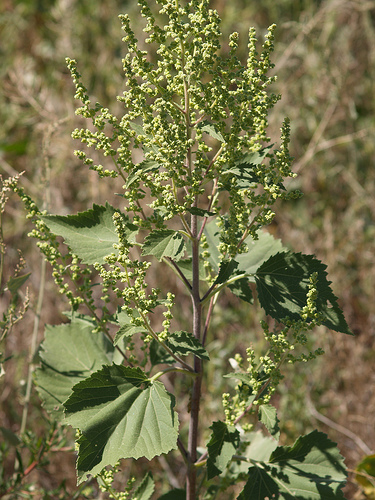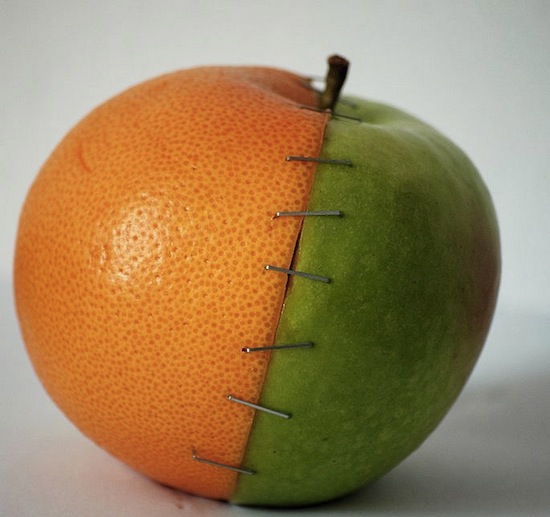 Photo: Lost in Fog
Photo: Lost in Fog
I don’t expect that Monsanto takes much notice when articles about superweeds — plants that have developed resistance to its flagship RoundUp herbicide and its active ingredient glyphosate — appear in Grist, Scientific American, Mother Jones or even The New York Times. That’s nothing but typical “fearmongering” from the “liberal media” and the biotech behemoth can laugh it off all the way to the bank.
But when the mainstream business press writes lead paragraphs like this:
Justin Cariker grabs a 7-foot-tall Palmer pigweed at his farm, bending the wrist-thick stem to reveal how it has overwhelmed the cotton plant beneath it. This is no ordinary weed: Over time it has developed resistance to Monsanto’s best-selling herbicide, Roundup. Hundreds of such “superweeds” are rising defiantly across this corner of the Mississippi Delta. “We’re not winning the battle,” Cariker, owner of Maud Farms in Dundee, Miss., says as he looks at weeds that tower over his infested cotton field like spindly green scarecrows.
…as Bloomberg BusinessWeek did under the headline “Attack of the Superweeds,” I have to believe that Monsanto’s top brass starts to worry.
The language in the article is striking. Reporter Jack Kaskey tells how “unrelenting” use of glyphosate has led to an “invasion” of resistant weeds across the country. Of course, Monsanto has a plan — and it involves engineering resistance to older (more dangerous pesticides) into its seeds.
The article even quotes Chuck Benbrook, director of the Organic Center and the type of sustainable agriculture spokesperson who doesn’t often get quoted in magazines like BusinessWeek. Benbrook says Monsanto’s strategy is “akin to putting gasoline on a fire to put it out… It’s a very high-risk gamble for the U.S. biotechnology and pesticide industry to go down this road.”
And missing in this account is the inevitable declaration that the solution to the problem lies “just around the corner” in the form of new technology and advanced seeds. In fact, one scientist in the article points out that many of the herbicides biotech companies are turning to in their search for a solution already have huge resistant weed problems of their own. The bulk of these herbicides pre-date glyphosate, so weeds have had decades to develop resistance. No easy techno-fixes there!
Of course, it will take more than a good article in the business press for sustainable ag to stake a real claim on our nation’s future. But I was struck by Kaskey’s choice of a kicker. After describing his efforts to battle superweeds the old-fashioned way (by industrial ag standards, that is), with lots of tilling, dangerous chemicals and manual labor, farmer Cariker declares:
“This can change the whole farming industry if we can’t get a handle on it.”
It says a lot about these anthropogenicmorphic superweeds that even the business press has begun warning of their real and present danger. Next thing you know, BusinessWeek might just tell us that the best solution to this problem is agro-ecological farming. A guy can hope, can’t he?




